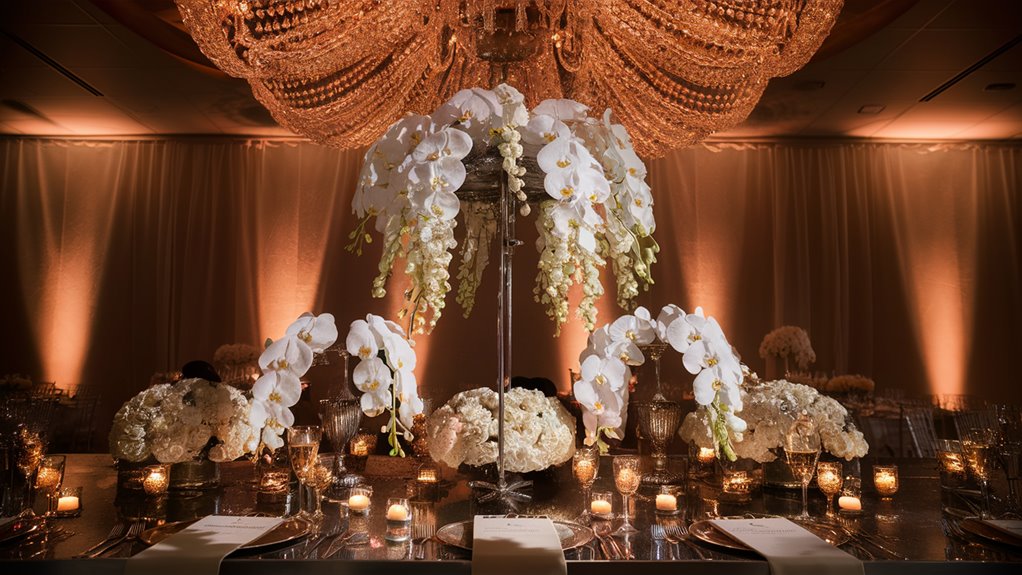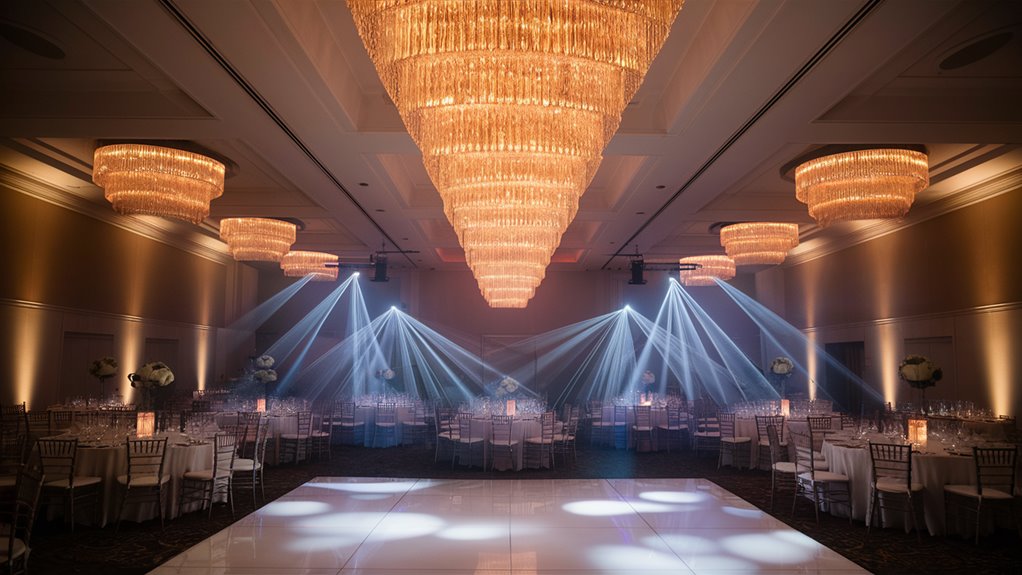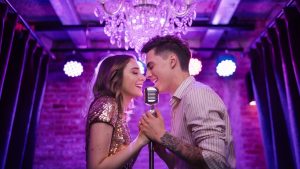
Event Lighting Design: Bringing Themed Experiences to Life

Clever light design turns plain rooms into stunning themed spaces with well-planned layers of light. Begin with soft, all-around light at 50-100 lux for social areas, and use brighter lights at 200-300 lux where people work. Spotlights add depth and focus on key spots and decor.
How to Arrange Your Lights
Set LED lights at perfect 45-degree angles to increase depth and avoid harsh shadows. Pick light colors from warm yellows (2700K) to cool whites (5000K), each for a specific use:
- Warm yellows: Create energy and warmth
- Clear whites: Provide bright, clean light 호치민 술집
- Soft blues: Achieve a modern look
Smart Lighting Control
DMX light controllers enable you to control:
- Smooth scene changes
- Synchronized light movements
- Fast shifts in light intensity
- Color blending
Maintain a 30% extra power for sudden adjustments and powerful effects when needed most. Smart setup and excellent equipment ensure your lighting is seamless and impactful in themed environments.
Basics of Light Design for Events
Important Aspects of Lighting
Event lighting focuses on three main aspects: use, appearance, and atmosphere. Proper use of these elements ensures your event lighting is effective and visually appealing.
Functions of Each Light
Your light levels must match the event space:
- Social areas: 50-100 lux
- Work areas: 200-300 lux
- Paths need targeted light spots
- Activity areas need specific lighting
Designing with Lighting

Layering lights helps highlight important areas:
- Lights up high for defining space
- Narrow beams for focal spots
- Soft lights for smooth transitions
- Choosing your light color:
- Warm environments: 2700K-3000K
- Modern environments: 4000K-5000K
Setting the Mood and Technical Needs
Programmable systems (DMX) allow deep customization of event lighting:
- Adjust lights for stage scenes
- Alter vibes from welcome to dinner
- Safety backups
- Reserve 30% more power for adjustments
- Ensure smooth and safe operation
Elevating Your Lighting
Effective event lighting requires planning:
- Placement of lights
- Distributing power across areas
- Contingency plans for power failures
- Considering the environment
- Backup equipment Creating Stunning Visual Effects for Your Venue
All these elements combine for a perfect, reliable, and striking presentation at your event, achieving both technical precision and style.
The Impact of Color in Lighting
How Color Affects Event Atmosphere
Color in lights evokes emotions and influences behavior by utilizing color waves and intensity. Warm shades like red and yellow incite excitement and encourage mingling, ideal for lively gatherings and parties. Cool shades like blue and purple create tranquil spaces, suited for talks and relaxation.
Smart Use of Color Temperature
Managing color temperature is crucial for guiding guests and setting the ambiance. High-temp lights energize people in check-in areas, while warm lights make dining and social spaces cozy and inviting.


